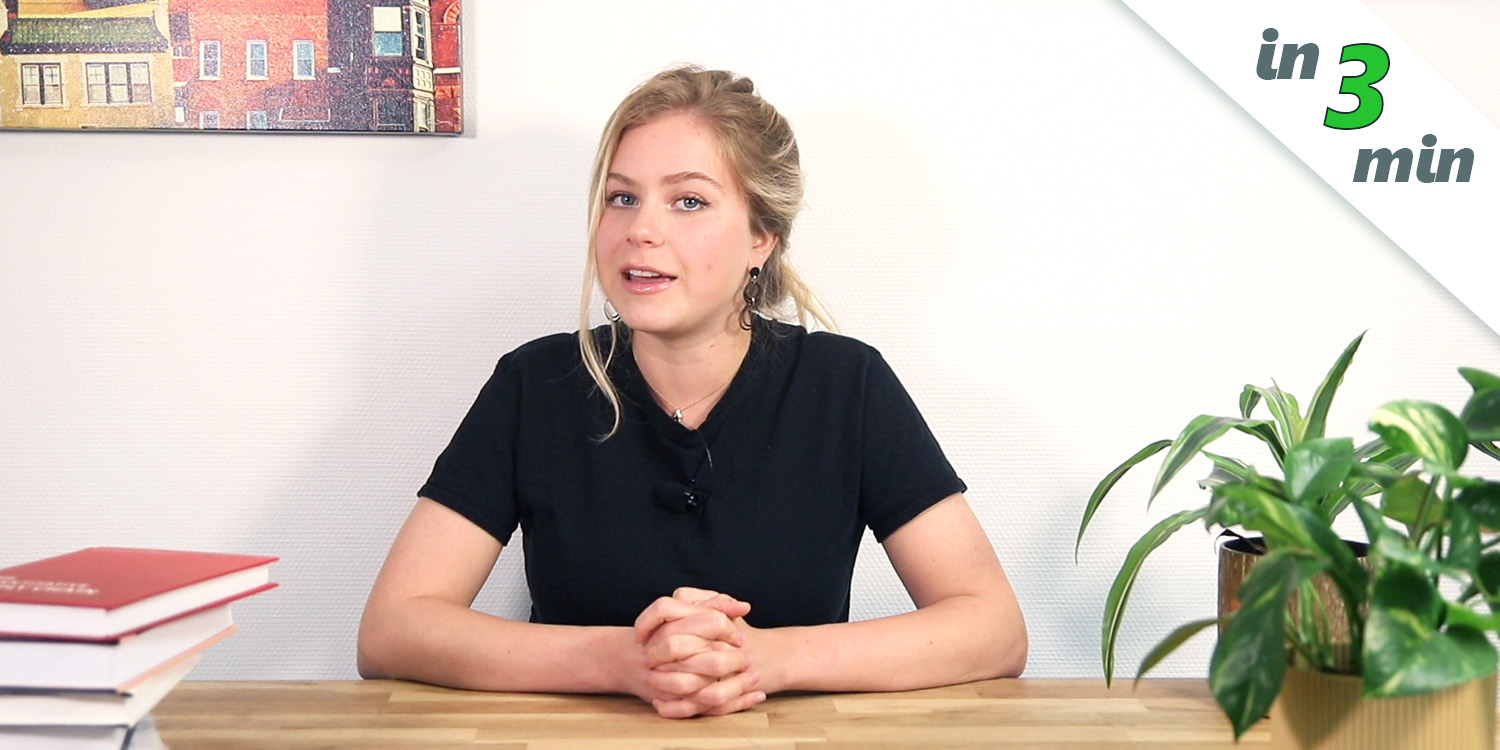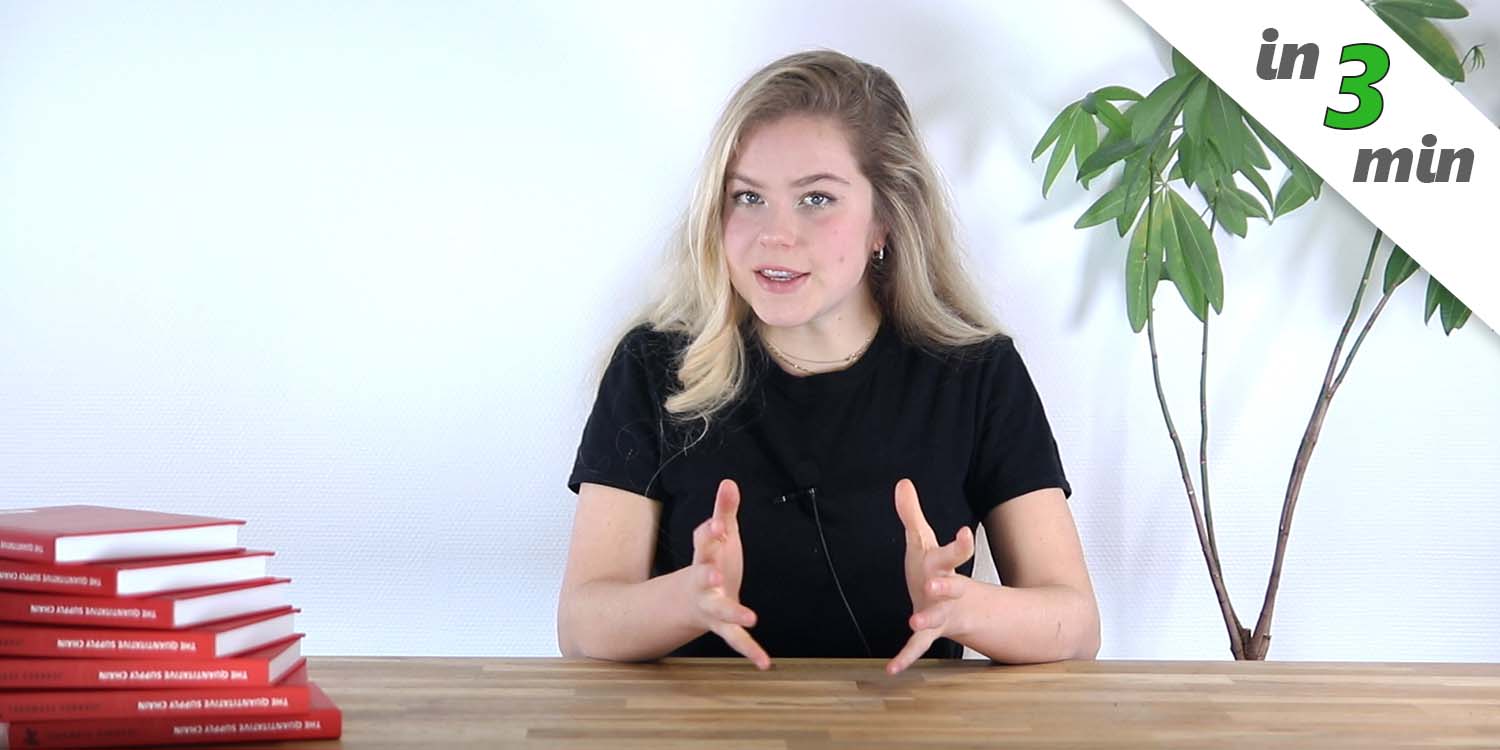Description
A stockout happens when the inventory is exhausted. Stockouts are usually treated as problems to be fixed, and many inventory methods, such as safety stocks, have been devised to control the frequency associated with those events.
When stocks are expected to be present, a stockout usually introduces a detrimental disruption in the supply chain. The financial impact of a stockout is typically twofold: first, the immediate opportunity loss associated with fewer transactions, second, the delayed market response as a form of aversion for unreliable providers. In most situations, the later impact is dwarfing the former.
There are numerous traditional practices for avoiding a stock out, such as: increasing stock levels, reducing lead times, improving forecasting, and increasing price to dampen demand. Modern approaches, however, focus on supply chain decisions and their economic outcomes. The difference might seem small, but in practice decisions optimized against economic drivers end up vastly superior because they are more closely aligned with the nuances of the quality of service as perceived by the customer.
Learn more in the entry Stockouts of the Lokad knowledgebase.


